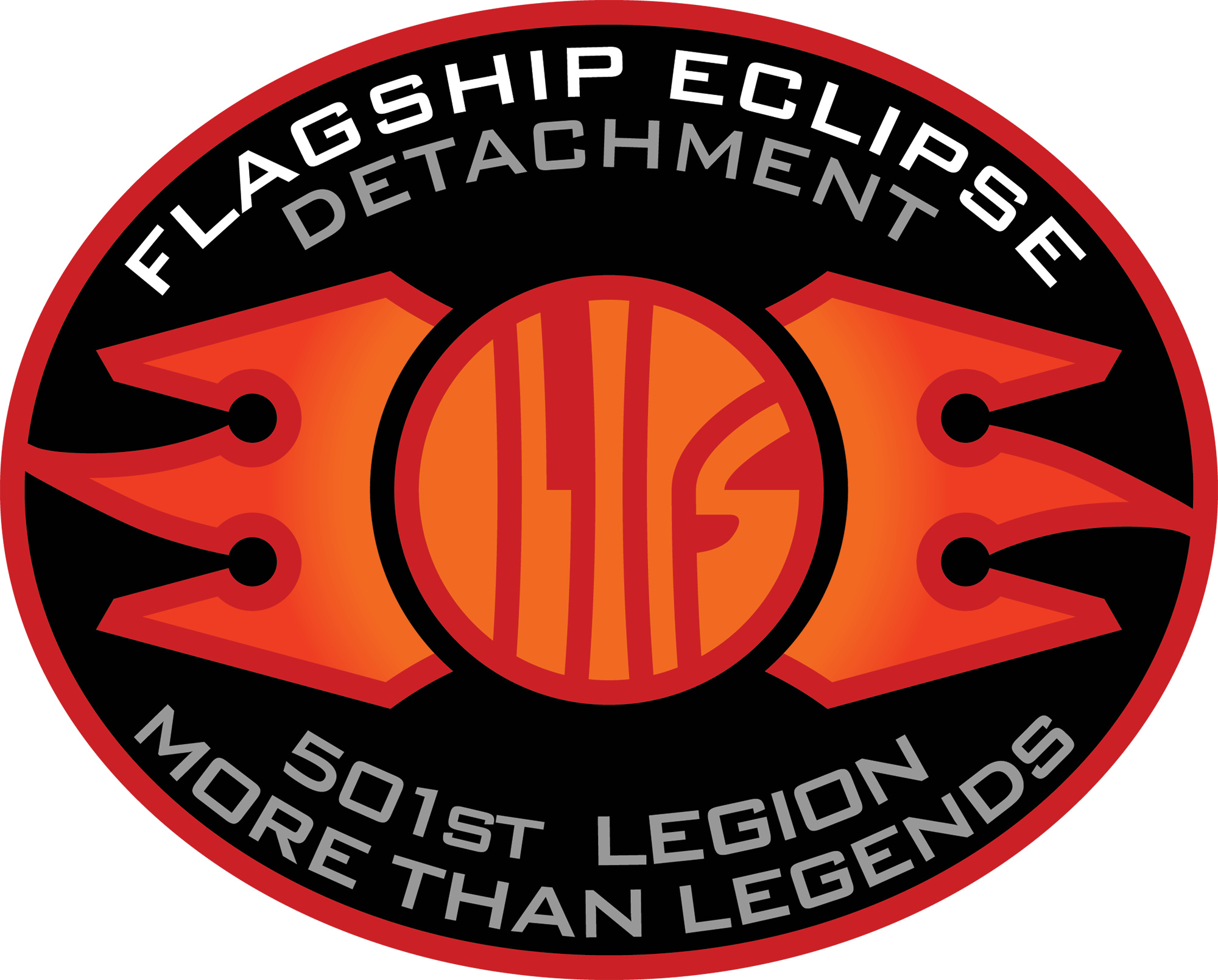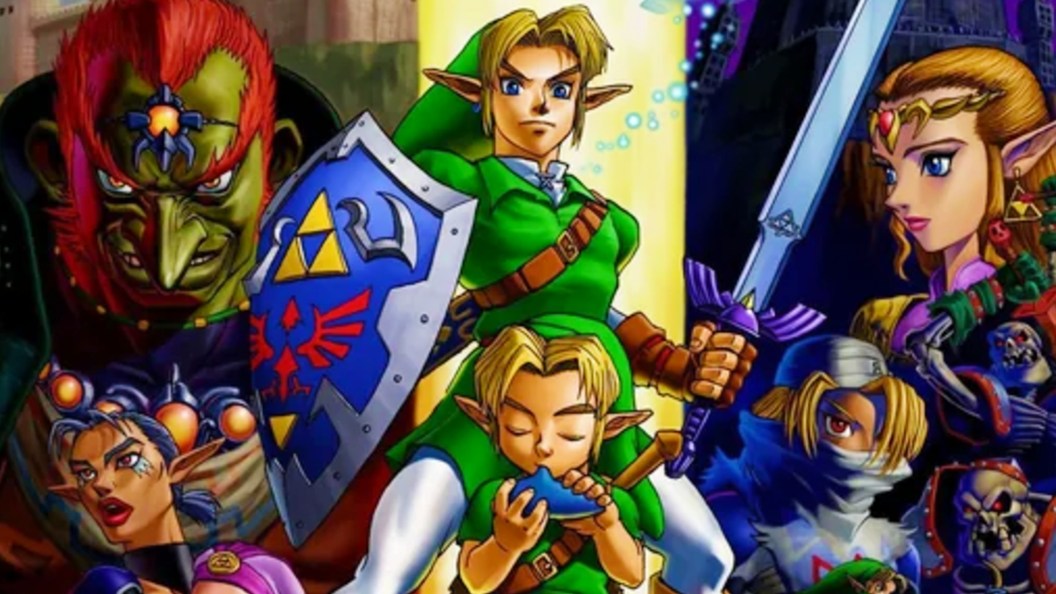
Just because Zelda games have become open-world with Breath of the Wild and Tears of the Kingdom doesn’t mean that traditional Zelda games like Ocarina of Time, The Wind Waker, and Twilight Princess are outdated and need to come to an end. When visual fidelity and the upgraded technology allowed for 3D Zelda games to be produced, that didn’t result in the end of top-down versions of Zelda. Hits like The Legend of Zelda: A Link Between Worlds and The Legend of Zelda: Echoes of Wisdom are still great additions to the franchise and don’t detract from the experience. There is still an audience of players who are excited about top-down Zelda games, and the same is likely true for the traditional non-open-world experience as well.
For audiences that are still of the mindset that The Legend of Zelda: Ocarina of Time is the best Zelda game ever, the recent Zelda games perhaps leave an itch that is left unscratched. As a result, here are five reasons why Nintendo should continue making traditional Zelda titles moving forward.
1) The Relevancy of Music to Gameplay
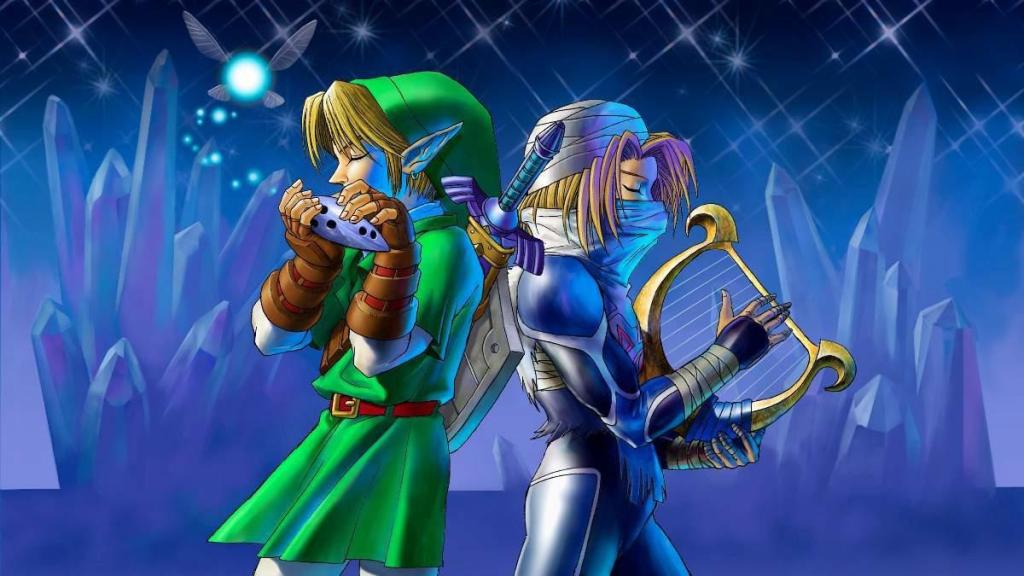
The music of the open-world Zelda games offer hauntingly beautiful music that fits the natural adventure of Breath of the Wild and Tears of the Kingdom. The soundtracks for these games leave you with a feeling of melancholy and the desire to explore the world around you. However beautiful the music in the open world, it is missing one important detail within the Zelda franchise. A core talent of Link, separate from his swordmanship or the ability to shoot a bow, is also his ability with musical instruments.
Across the different adventures, Link has played several instruments like the Spirit Flute, the Harp of Ages, and the Ocarina of Time. The music played is intertwined and relevant to the gameplay, impacting things like the flow of time, the weather, the movement of the sun, fast travel, and more. While top-down and linear Zelda games have built a marriage between the gameplay and music, this is inherently missing in the open-world adventures. While one could consider it a one-off with Breath of the Wild, after the release of Tears of the Kingdom, there realistically seems to be an inherent mismatch between the open-world settings and music-based gameplay. If so, then it only gives more cause to believe that traditional Zelda games still have something to offer fans that the open-world games are missing.
2) The Challenge of the Dungeons
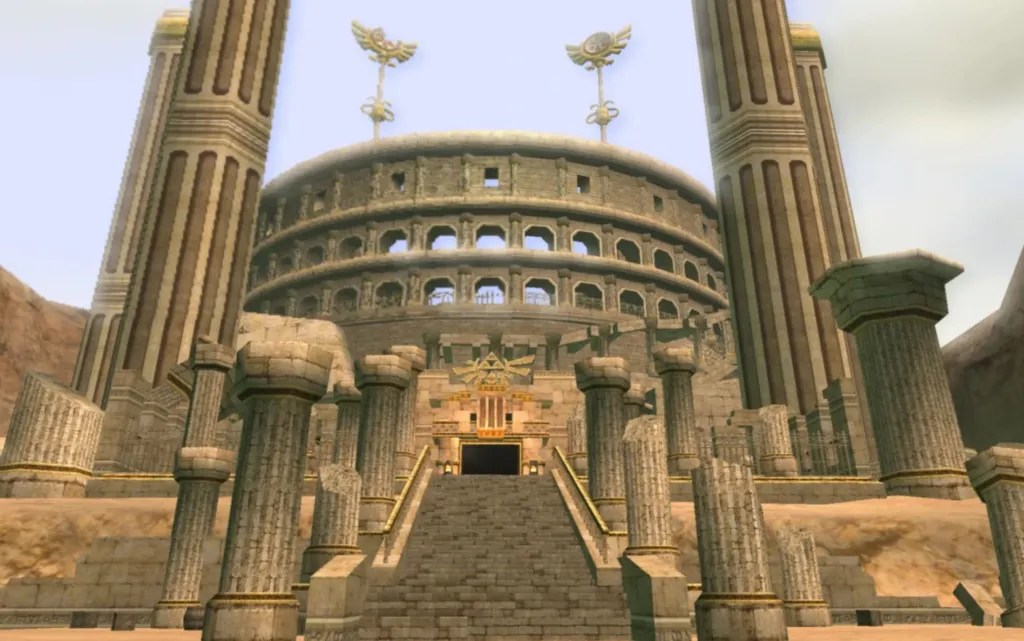
Breath of the Wild and Tears of the Kingdom forgo the traditional dungeons and instead opt for a plethora of smaller shrines. A world can exist where in-depth and difficult dungeons exist side-by-side with the shrines. However, in the current generation of Zelda games, dungeons are easy and not something to look forward to anymore. Instead, dungeons are merely an obstacle that sits in the way of story progression or is secondary to the world exploration itself. That exploration does offer a state of bliss and sits at the core of the open-world experience, but also misses audiences looking for a challenging combat experience from the enemies, dungeons, and final bosses to defeat.
Zelda dungeons usually incorporate puzzles, like the shrines, that offer one element of challenge, but also incorporate combat challenges. Each room and floor of a temple or dungeon comes with a variety of new enemies to contend with, a mini-boss at the halfway point, and new items of power to acquire before progressing to the main boss. Therein, each dungeon is like an allegory of the Triforce itself, requiring wisdom to complete the puzzles, the courage to face unknown enemies and environments, and the power to defeat those foes. If the open world is missing that balance, perhaps that value can instead be found in bringing dungeons back in a major way in the future.
3) The Gift of Opening a Chest

Next to the importance of a gritty and in-depth dungeon is the relevance of traditional dungeon items. If most items and equipment are breakable or consumable, the intrinsic value of each item collected is overall reduced. More customization options are available in Breath of the Wild and Tears of the Kingdom, which give more ownership to how Link is outfitted best for the adventure, and more control to individual playstyles, but they miss out on the excitement and pleasure of finding a unique equipment chest.
The loss is no greater felt than with the loss of the animation and music associated with opening an important chest from older Zelda games. While there may be value to the philosophy that the journey is sometimes greater than the reward, prior Zelda titles made a pretty great case for the reward being just as valuable as the journey itself. Those chests offered up items of great importance for story progression and usually added new gameplay mechanics that, up until that chest was opened, were unavailable to the player. In that sense, the world exists in one fashion before the chest, and is a completely different place after the chest.
4) The Intrinsic Value of the Master Sword and Hylian Shield
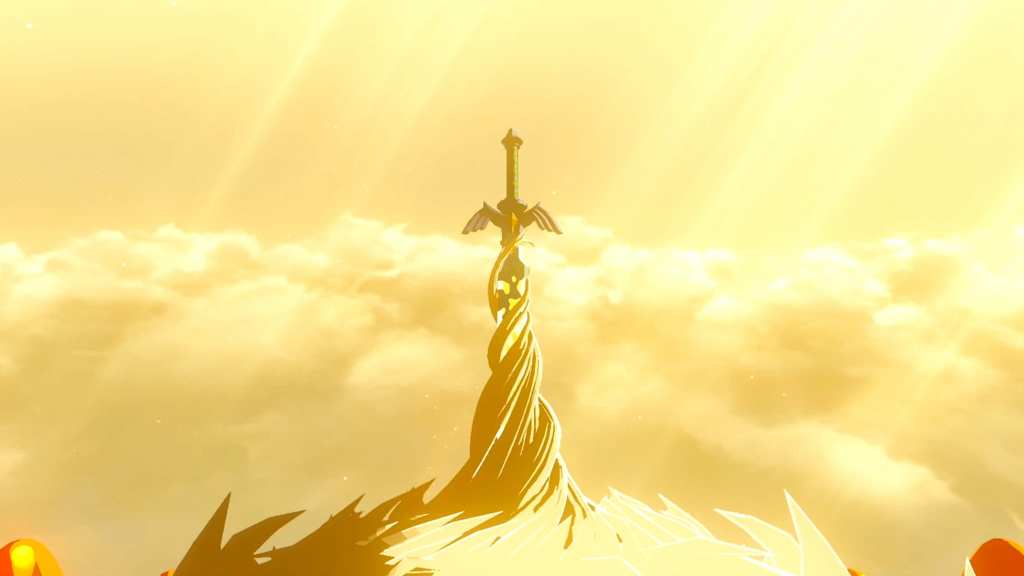
Items that are breakable or consumable also come with another impact on a few other items of great import to the Zelda franchise: the Master Sword and Hylian Shield. While both Breath of the Wild and Tears of the Kingdom offered meaningful adjustments, the value pales in comparison to prior iterations like Twilight Princess or Majora’s Mask. The Master Sword, while still a key item, loses energy and becomes unavailable for ten minutes instead of breaking. Meanwhile, the Hylian Shield is neither a main quest nor a side quest item that can easily be missed in an entire playthrough, which feels like a tremendous loss given how iconic it is to Link’s character.
In comparison, traditional Zelda games typically offer mainline or side quests that saw the Master Sword or Hylian Shield as something that you had to earn or grow into using. The Hylian Shield is perhaps the best example. The narrative usually begins with a wooden shield that burns and takes damage easily, but as you grow into the hero’s role, you can equip a shield worthy of the role. In Ocarina of Time, that shield is something Link truly has to grow into, and in Skyward Sword, a plethora of lore behind the value of the Hylian Shield and Master Sword is revealed.
5) Story Density
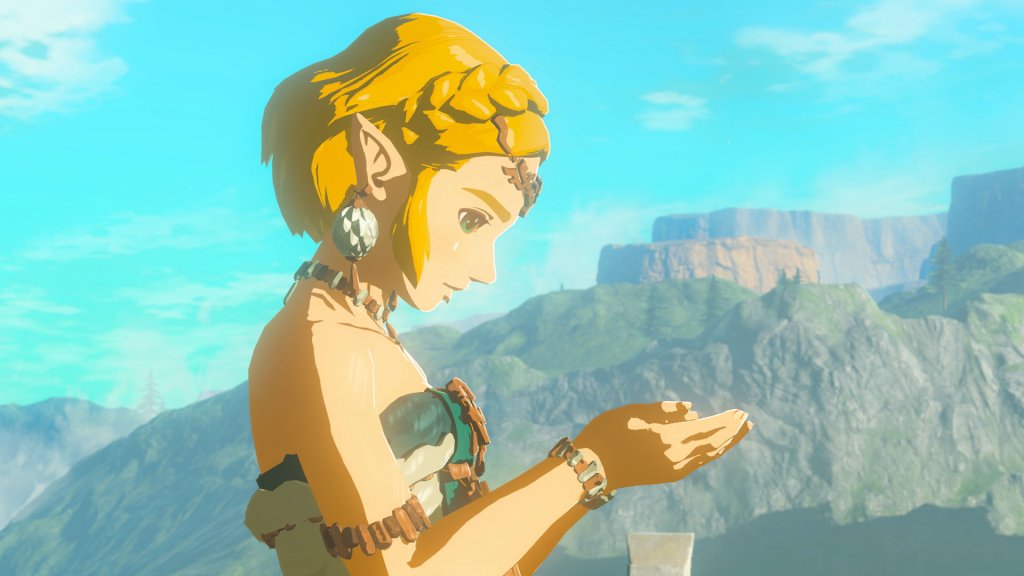
The Legend of Zelda games always come with a rich level of story behind each game to uncover. A facet that is quite strong within the open-world stories of Breath of the Wild and Tears of the Kingdom is the memories that are scattered throughout. They provide a rich tapestry to collect and better understand the characters involved and their motivations, and do so in ways that aren’t covered in a linear or top-down Zelda game. Those memories, at times, offer glimpses into the lives of Link and Zelda that show strong character development and a sense of nostalgia.
However, inversely, those moments if never found are never experienced. By making each moment a collectible spread throughout the entire open world, it leaves space for moments of impact to be left unnoticed. At times, the moments occur so spread out that the narrative is broken, fragmented, and postmarked, so that the audience is left in a space to forget what the central story is about. A linear narrative leaves audiences in a place where likely everyone plays the same story, and is concentrated over a smaller timeframe. Less room is left to forget about the main goal or central narrative when key milestones and objectives are kept at the focal point. While an open world comes with a host of opportunities and challenges, it also comes with more distractions and opportunities to lose sight of the story itself.
The post 5 Reasons Nintendo Needs to Return to Making Traditional Zelda Games appeared first on ComicBook.com.
